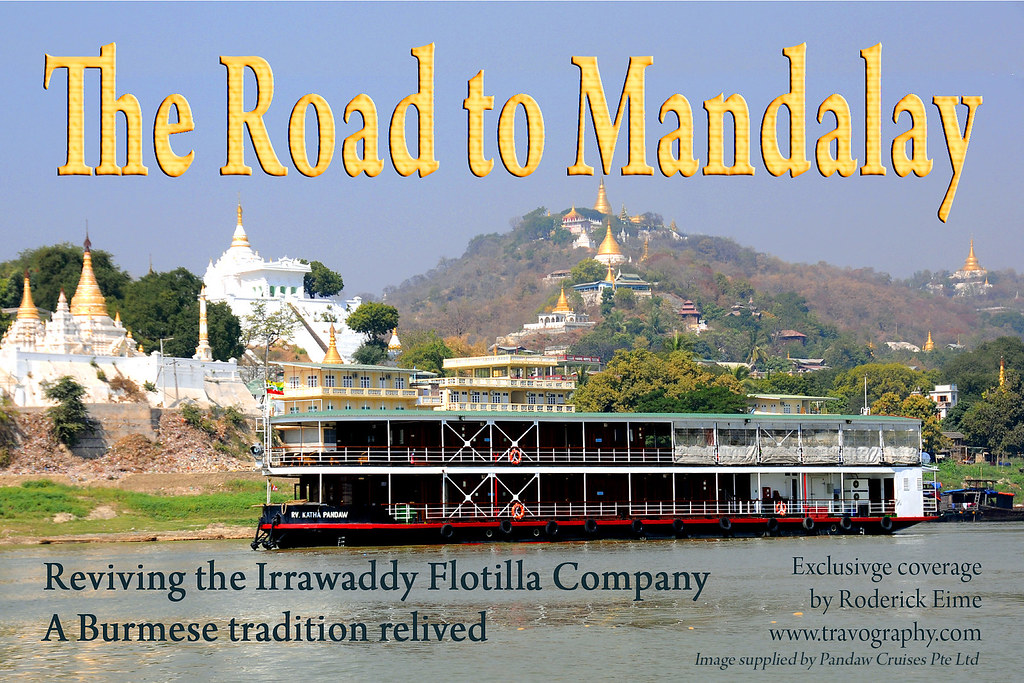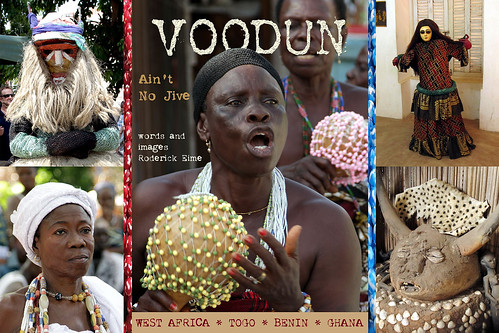 |
| "The Travel Writer" (stolen from the Internet, source unknown) |
It’s one of those things all professional travel writers have to endure.
“You’re always going on free trips!”
“So, who’s paying for this?”
Continually being interrogated by fellow travellers, family members and other office-bound journalists is something I always dread. While there is always varying financial participation by all parties in any given familiarisation trip, there is an old truism that always holds.
“There’s no such thing as a free lunch.”
Now legend has it, that once upon a time all a journalist had to do was call their mate at the airline and a First Class ticket came by courier with a bottle of French Champagne. Now, there might be one or two esteemed scribes still alive who can command that kind of worship, but let me assure you, my dear reader, those days are OVER.
Even getting an upgrade on a fully paid ticket is a chore. Lounge admission, check-in queue jumping or an amenity pack is the best we can often hope for. While some airlines may be marginally more generous than others, every carrier is now constrained by this new austerity.
Hotels, depending on seasonal demand or other commercial imperatives, vary in their largesse, but even these pleasure palaces are now tightening their belts and scrutinising media guests more closely, both pre- and post-stay. Included breakfast is often a bonus and dinner, well, you must know someone!
But the moral of this story is a three-letter-word: ROI (Return On Investment). Put simply, it is the dividend obtained by any party after making a capital (or other) investment in a project.
And it’s not just an airline, hotel, cruise line or destination that makes such a calculation. A professional writer must also determine whether it is worth their while to accept any particular offer. My measurement criteria are similar, I’m confident, to my colleagues in this respect.
- Exclusivity. How often has this product been featured? Will I be travelling with similar hungry freelancers all pummeling the same outlets? This directly relates to ...
- Saleability. How many stories can I reasonably expect to sell from this single exercise? This often depends on stuff you won’t discover until you’re in the middle of the trip eg how rigid is the itinerary, how much free time to explore your own story leads, how fertile is the trip with regards to multiple story angles?
- How much is it going to cost me? There’s no point forking out $3000 on airfares if you’re only going to sell two stories at a few hundred bucks each. Some hosts think they’re offering you this irresistible opportunity to travel to the other side of the country or overseas to stay at their to-die-for villa. No, sorry, that’s not such a good deal.
Public relations reps, CVB managers, and hotel GMs will measure the resultant publicity using a formula that multiplies the cost of taking an ad in the media by a factor that can vary from three to eight times. So, for example, if you stay in a 5-star hotel with dinner and niceties at a rack rate of $500 and the story runs over one page in a magazine that charges $5000 for a full page, that is conservatively $15,000 in equivalent value. An ROI any host should be delighted with.
In recent times, this whole scenario has been shaken up with the arrival of online media and the ‘blogger’. Measuring penetration in this new media has left many PR and media folks groping for traction on this slippery, muddy playing field. Bloggers can come from any part of the media sphere. Some are seasoned journalists and talented writers exploring or creating new outlets, while others are idle opportunists looking for that ‘free lunch’ with no concept of ROI, conflict-of-interest or even basic journalistic ethics.
There are lots of tricks used by bloggers, tweeters and Instagrammers to inflate their penetration and ‘engagement’ ranging from
buying bulk ‘likes’ and followers to
automatic click-bots. But that expose is for a whole different discussion.
But whether blogging or not, freelance journalists can suffer varying degrees of financial stress. Some can cheerfully rely on a well-heeled spouse to underwrite their exploits or have their own financial security through retirement funds or other canny investment.
When I bemoaned this to one respected PR host, my argument was quickly deflated with the retort “we don’t care”. And why should they? Their reports do not consider the individual financial status of the media guests and how hard they need to work to reach break-even or make a small profit. But maybe they could?
Let me make this point in conclusion. Any media guest who has in the back of his/her mind a mortgage, car payment or credit card inferno is more likely to go the extra length to sell just one more story that won’t cost the host an extra dime.
So, PRs, hosts, inquisitive colleagues and cousins let me make the case for the hungry freelance writer who, while sometimes enjoying the titillating byproducts of the job, is forgoing irretrievable family time and spending every waking (and many sleeping) moments wondering where they can sell your story and quell the cash advance flameout in their pocket.
I’ll close with another pearl passed to me by a much-loved PR host which pleads less brutality when calculating the ROI dividend.
“You pay for advertising, but pray for publicity.”
=========================================
See related story:
How to be a good travel media guest










